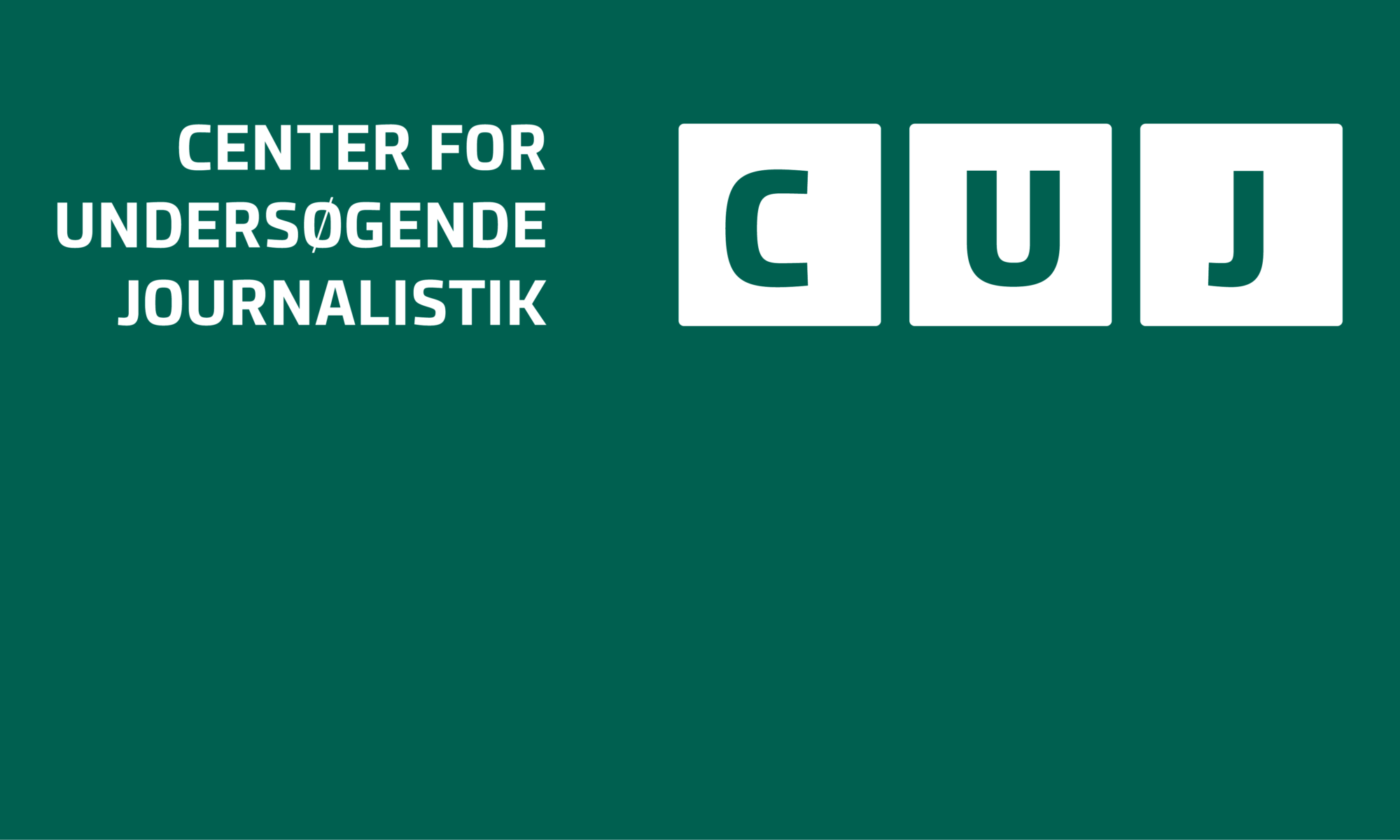By Jannie Møller Hartley
On this first panel of the #EIJC19 the 3 panellists give great advice on how to get started with data-journalism.
The first speaker Carmen Arguilar Carcia, data journalist at Sky News, explains how data adds value to stories. For example, she says “data can make quite simple stories more illustrative for the users.” For example she did a story on which MP’s changed their minds to Brexit.
The second thing data is good for, she says, is that you can use it for hypothesis testing. For example, if you have a feeling that Oscar winners are mostly men and that women are older when they win. For Carmen this became the project of “The anatomy of Oscars Winners”, which was good for testing and proving this hypothesis.
Finally, Carmen points out, that data can give context to the stories, and data can be used to estimate the size of the problem. This she used, for example in a story mapping crime rates in the UK.
Next on the panel is Brant Houston, who has been teaching data journalism for years and worked on data journalism primarily in the US. His first important advice is: “Remember multi-sourcing of data sets, do the stories on at least 3 data- sets, they give you different viewpoints of the story. And you still need to interview and observe,” Brant Houston says.
Furthermore, Houston points out, start simple, use a small dataset and a dataset that has been used before. This is to avoid having to do too much cleaning, which he describes as “the most boring part of data-journalism”.
Next up is Nils Mulvad, who is co-founder of the Global Network for Investigative Journalism and other international networks such as Farmsubsidy.org.
Nils starts off by emphasising the problem with data journalism and investigative journalists working in silos.
“But imagine if we went 100 years back and someone said, hey I’m good at using the phone, I can do all the phone interviews! Data journalists need to think in journalistic terms and the journalist need to understand data,” Nils Mulvad emphasises.
For Nils it’s all about asking the simple question. For example, in the work he has done for Greenpeace, they simply asked: How big a part of European subsidies are going to life stock?
“The EU was saying that this was not much, but by putting data on what land is used for together with how much of this is subsidised we were able to show that 70 percent of all subsidies were going to livestock.” This amounted to a fifth of the EU budget – more than £24bn of taxpayer money going to support livestock farming across Europe.
Perhaps more surprisingly, Mulvad towards the end adviced the room to not fill your story with data, but instead find the people in the data, and he warns that beginners in data journalism tend to fill their stories with boring data.
“Find the people in the stories and tell the stories through them, rather than through the data,” he said.
Dette blogpost er kun på engelsk.
